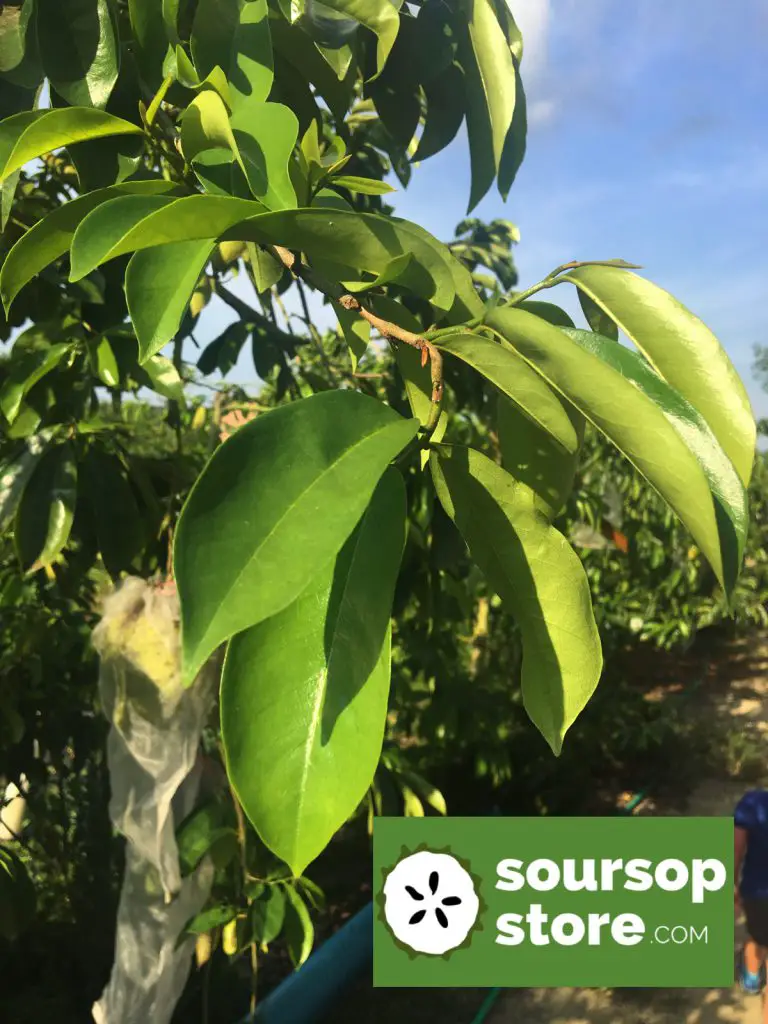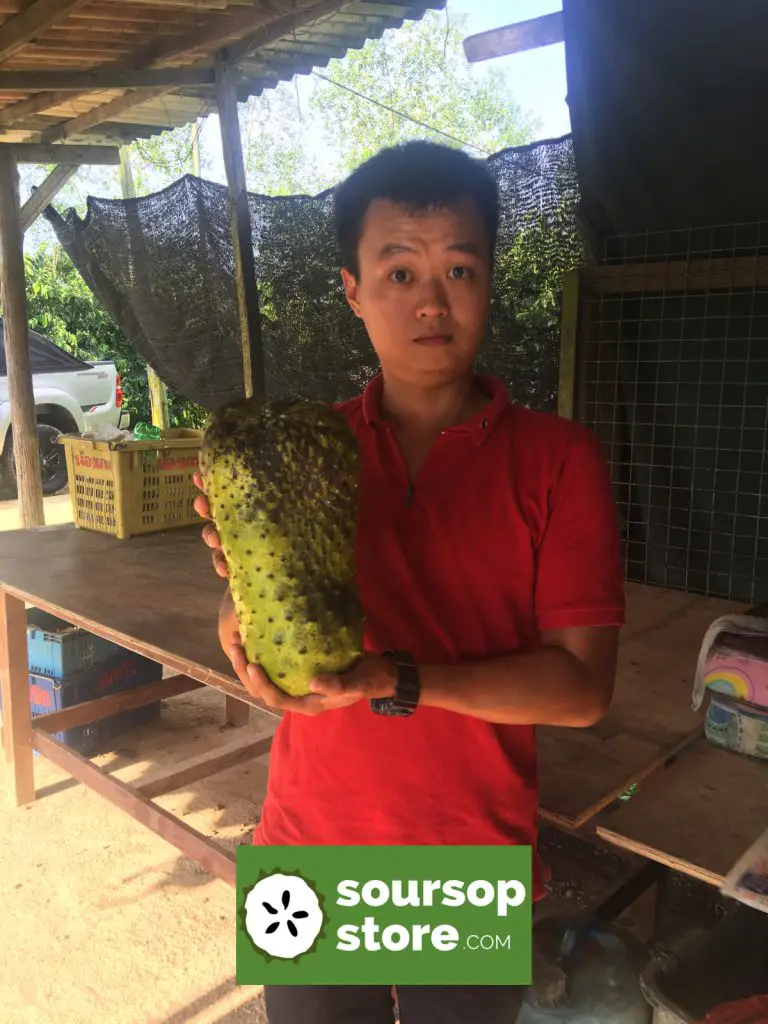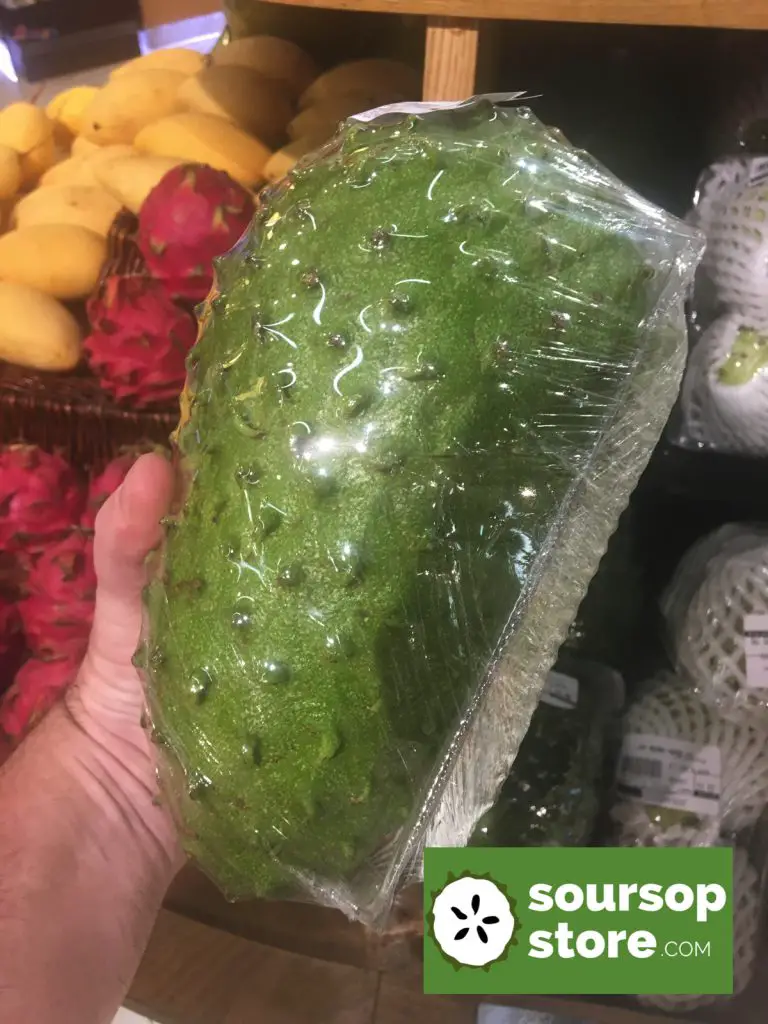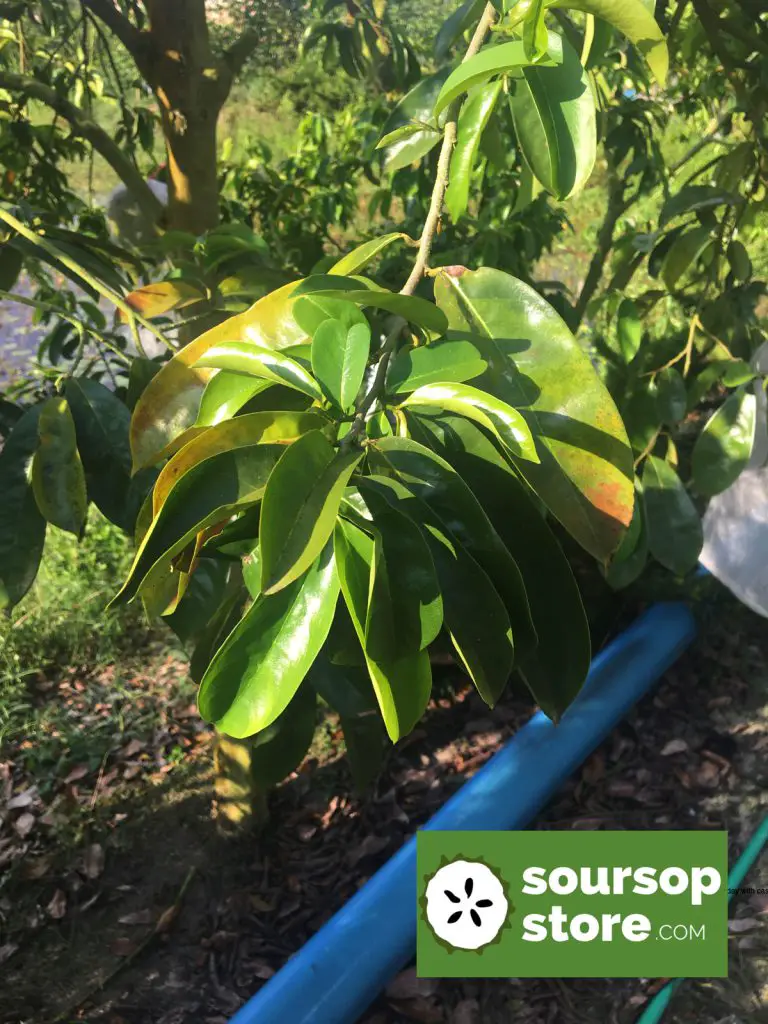Soursop Tea health benefits
Soursop tea is made from the leaves of the Graviola tree. Both the leaves and the fruit may provide a staggering number of health benefits according to natural medicine practioners.
They include:
- Prevents the spread and initial development of cancer
- Lowers blood pressure
- Boosts the immune system boost
- Skin protection
- Accelerates weight loss
- Improves digestion
- Treatment and reduction of internal and external inflammation.
- Sleep aid to help with insomnia
Does soursop tea has any side effects?
Generally, drinking soursop tea moderately, should not produce any adverse effects.
For as many benefits as there are for drinking soursop tea, this seemingly amazing health-giving drink can cause adverse effects if over-consumed. Some soursop tea drinkers have reported:
- Nausea
- Vomiting
- Digestive discomfort
- Hypotension (low blood pressure)
- Early labor (childbirth)
- Fatigue (though this is why it helps with insomnia)
- And some neurotoxic impacts.
Most of these side effects are a result of allergies or excessive or over-consumption of the tea. It is always wise to speak to your doctor of naturopath about potential risks or adverse reactions you may encounter with soursop tea.
What Is Soursop Tea?
In botany, the study of plants, soursop is known as Annona muricata. The tree is native to tropical regions of the Americas. The fruit, known to Spanish speakers as guanabana, can weigh more than five pounds.
While you can make chilled beverages from the pulp of the fruit, for tea, only the leaves are needed. This fruit has received a great deal of attention in recent years due to its apparent effects on cancerous activity in the body, but research is still ongoing for safety and efficacy of this tea. These effects of soursop are attributed to the presence of alkaloids, acetogenins, other antioxidants, vitamin A, vitamin B, vitamin C, calcium, iron, potassium, gentisic acid, and anonol.
Benefits Of Soursop Tea
Drinking soursop tea is a good idea for those suffering from hypertension, low immunity, inflammation of the skin, acne, obesity, low metabolic rate, indigestion, constipation, and anemia, as well as those who have been diagnosed with cancer and others at a high risk of developing cancer.
Cancer
In the past decade, some remarkable research and claims about soursop tea’s ability to cure and prevent cancer have been made. This is largely due to the presence of acetogenins, a powerful group of antibiotics that have been found in this fruit. So far, the studies have shown positive results in connection to throat, lung, breast and cervical cancers, as well as leukemia. These effects range from shutting down the energy production capacity of cancer cells to causing apoptosis in these mutated cells.
Heart Health
High potassium levels and active compounds in soursop tea help to lower blood pressure by a significant amount. For people with hypertension, this is an excellent way to lower strain on the heart and reduce the risk of atherosclerosis, heart attacks, and strokes.
Digestion
The good balance of vitamins and minerals, as well as anti-inflammatory compounds, can help aid the digestive system and prevent conditions of constipation, indigestion, cramping, bloating and diarrhea. The presence of calcium also helps the body uptake iron more effectively, while the antimicrobial effects of this tea will help balance the microflora environment of the gut. However, in excess, this tea can cause additional stomach upset and digestive problems.
Circulation
The high level of iron found in soursop tea helps to stimulate the circulatory system and boost energy throughout the body. Iron is a key component of red blood cells, which bring energy to organ systems and tissues, speeding up repair and optimizing metabolic activity.











